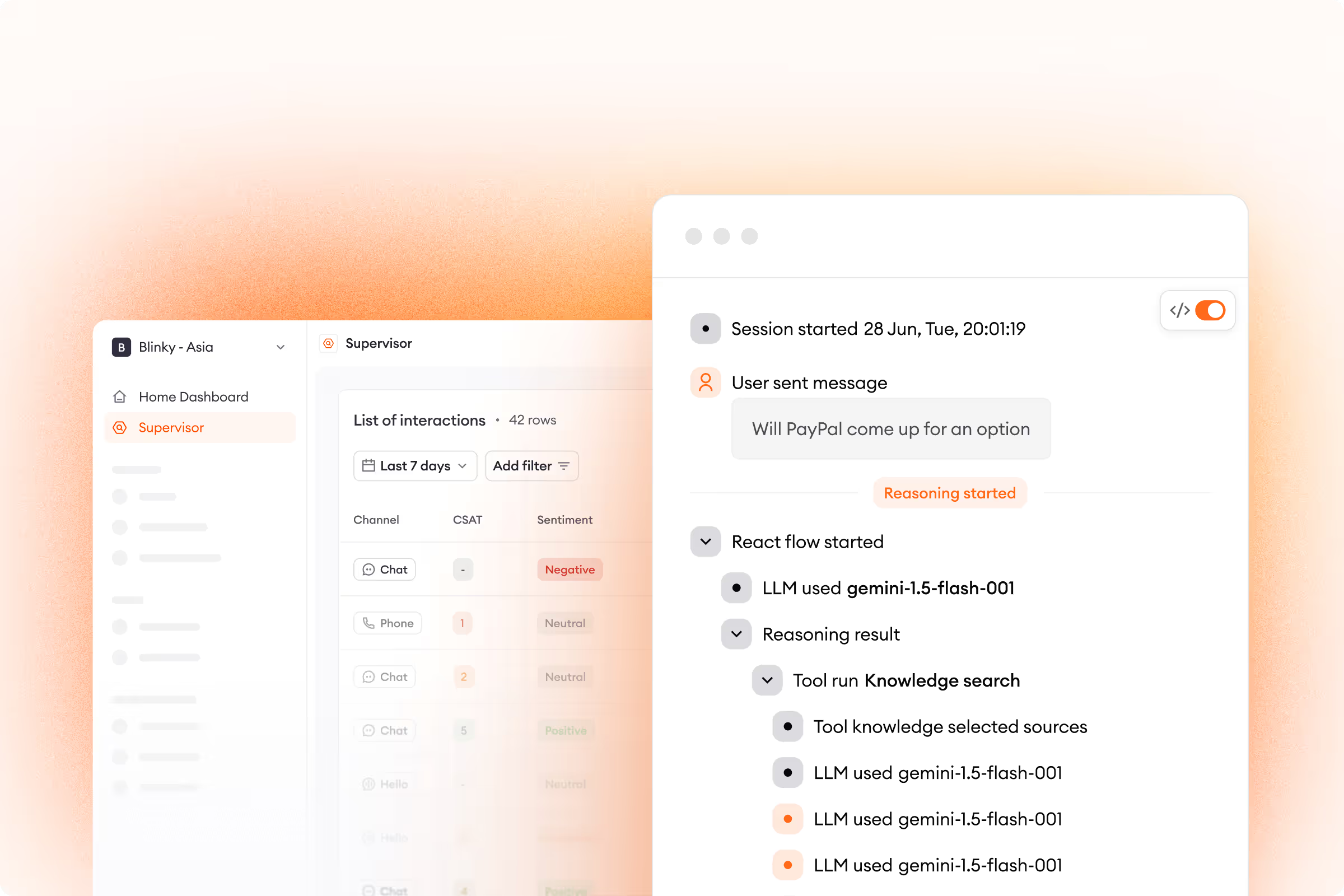Why websites won't survive—and what comes next.
We all remember when the internet was magic. The first time you ordered something without speaking to a single person. The first time you sent money with a few clicks. The first time your question was answered instantly—by search, not support. It felt fast. Frictionless. Full of potential.
But somewhere along the way, that magic started to fade. The internet didn’t become smarter. We just became better at clicking.
Open any website today and you’ll see it: menus nested inside menus, buttons that lead to nowhere, static pages trying to simulate human service. If you know exactly what to look for—and how the company behind the interface has organized its world—you might get what you need. If not? Good luck.
We’ve convinced ourselves this is normal. That it’s acceptable to spend five minutes finding a return form. That “self-service” means digging through an FAQ. That customers dropping off is just part of doing business online. But it’s not normal. It’s just outdated.
Websites Were Never Built for People
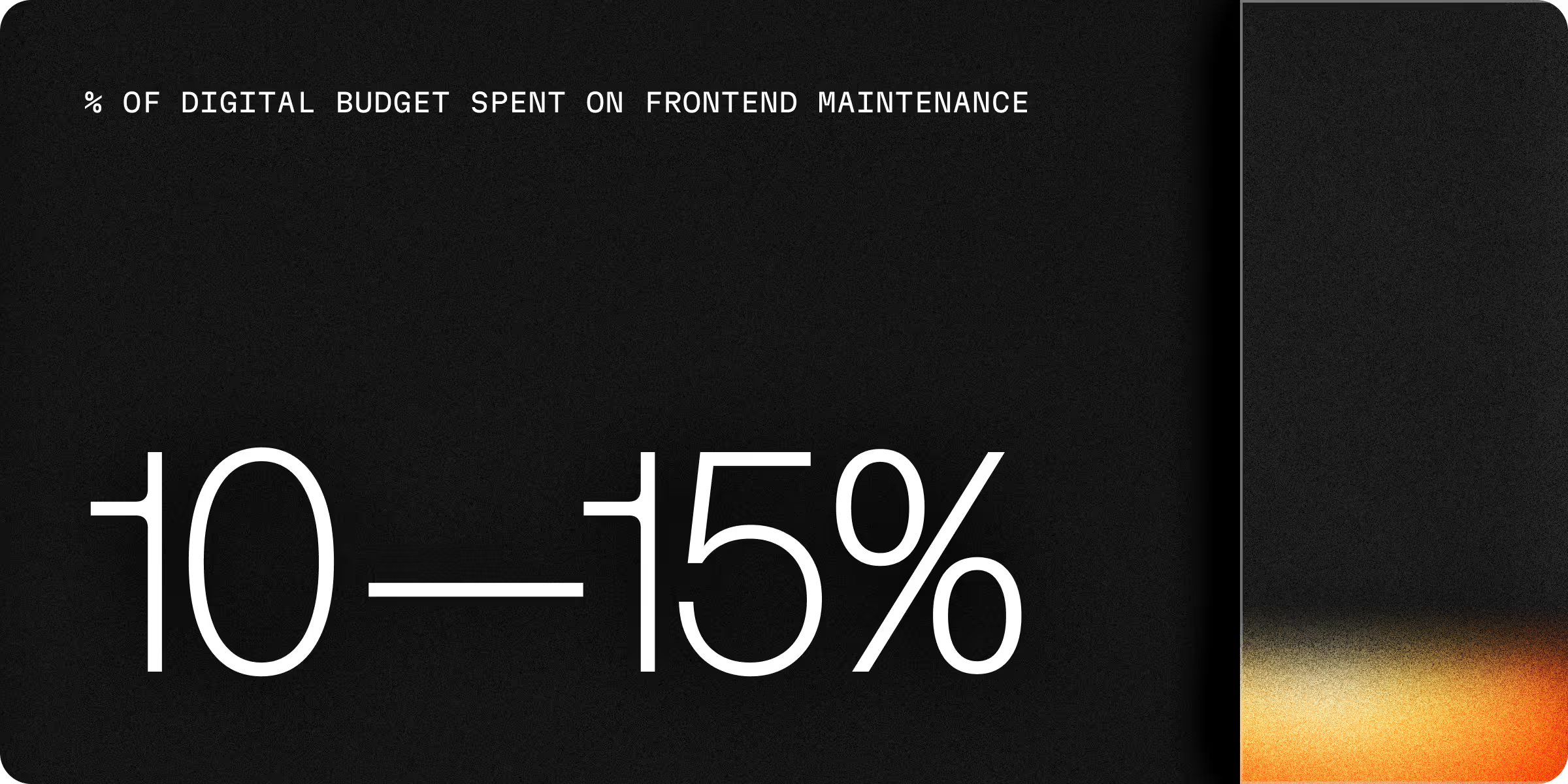
They were built around the limitations of early technology. The internet asked us to learn its logic: how to navigate categories, how to fill forms, how to follow the trail of breadcrumbs back to what we were looking for. We adapted to its rules.
Despite this, many companies continue to spend upwards of 10–15% of their IT or digital budgets on front-end maintenance—UX testing, micro-optimizations, and endless redesigns—just to keep interfaces usable. It’s a costly attempt to optimize a fundamentally broken experience.
We’ve poured billions into making these systems feel more "human"—better UX, better copy, fewer steps—but even the best interface still requires the user to adapt. And that’s the core problem: we’ve been designing for the system, not for the person.
But even the best interface is still an interface. It’s still something the customer has to learn. And that’s the core problem: we’ve been designing for the system, not for the person.
Enter AI Agents
Now imagine this: You land on a website and instead of figuring out how it works, you simply say what you need.
“I want to return my last order.” “I need to change my shipping address.” “Can you explain the difference between these plans?”
And you’re not routed to a knowledge base or a web form. You get an actual resolution. Instantly. No friction. No guessing. No drop-off.
That’s not a nice-to-have. That’s what AI agents now make possible. And once it works, customers don’t go back.
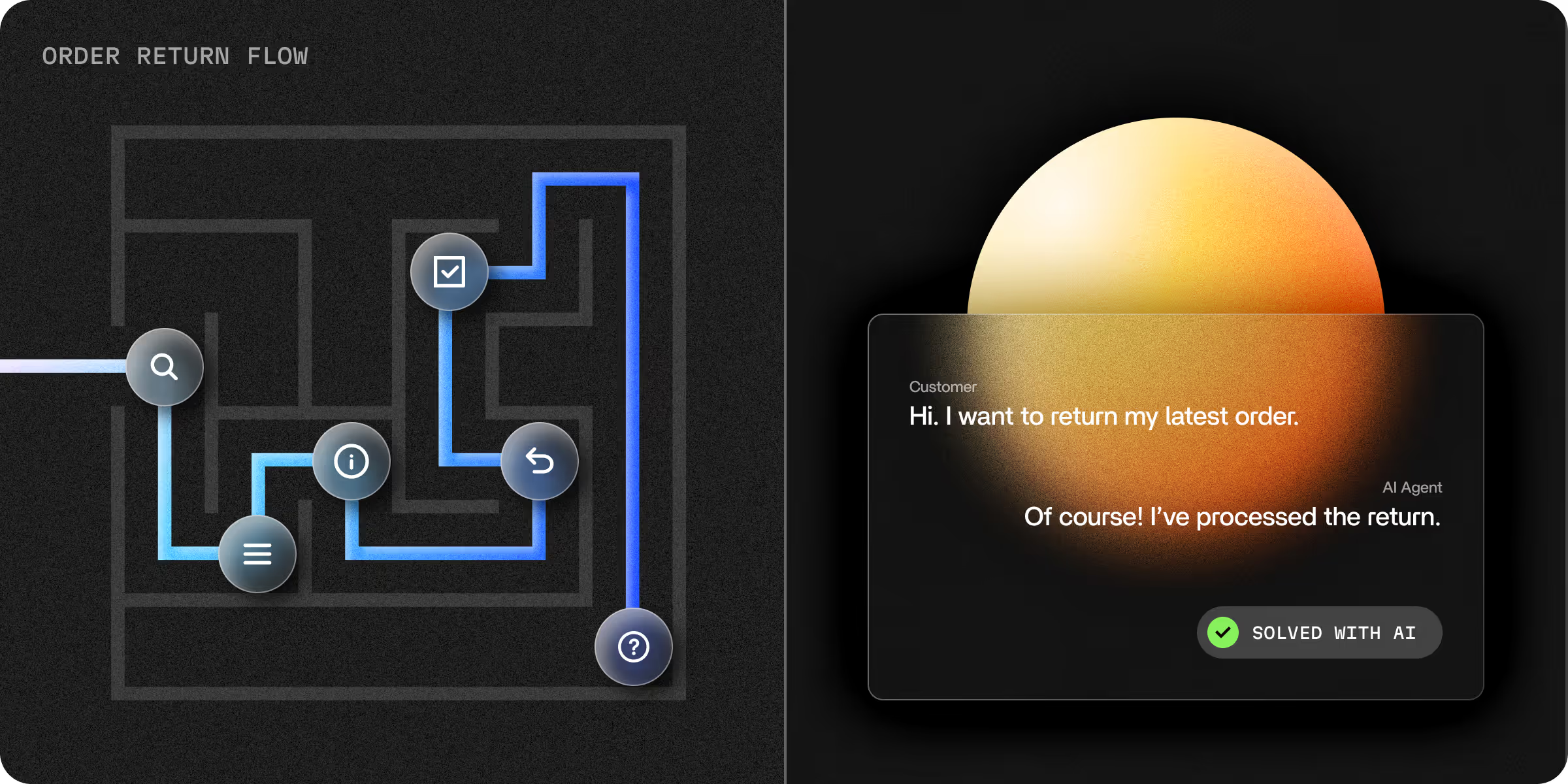
The Future Isn’t Faster Clicks
It’s no clicks to get things done—and visual interfaces to help us see. We’re not saying websites or apps will disappear. They’ll just stop being the place where action happens.
You’ll speak to an AI agent—naturally, in your own words. And that agent will do the work behind the scenes: processing a return, modifying your subscription, booking an appointment, checking an order status. But it won’t do this in a vacuum.
The screen will still matter. It will show you what’s happening, what’s next, or what you might want to explore. It will display your refund confirmation. Your loyalty points. Your shipping timeline. It will help you visualize and validate the outcome.
Interfaces won’t go away. They’ll shift from being inputs to being outputs. We’ll no longer navigate them to complete tasks. We’ll engage with them to understand, confirm, and explore.
This is the future: Conversation drives the action. AI handles the complexity. Visuals support the outcome. It’s not the end of the web. It’s the beginning of a far better version of it.
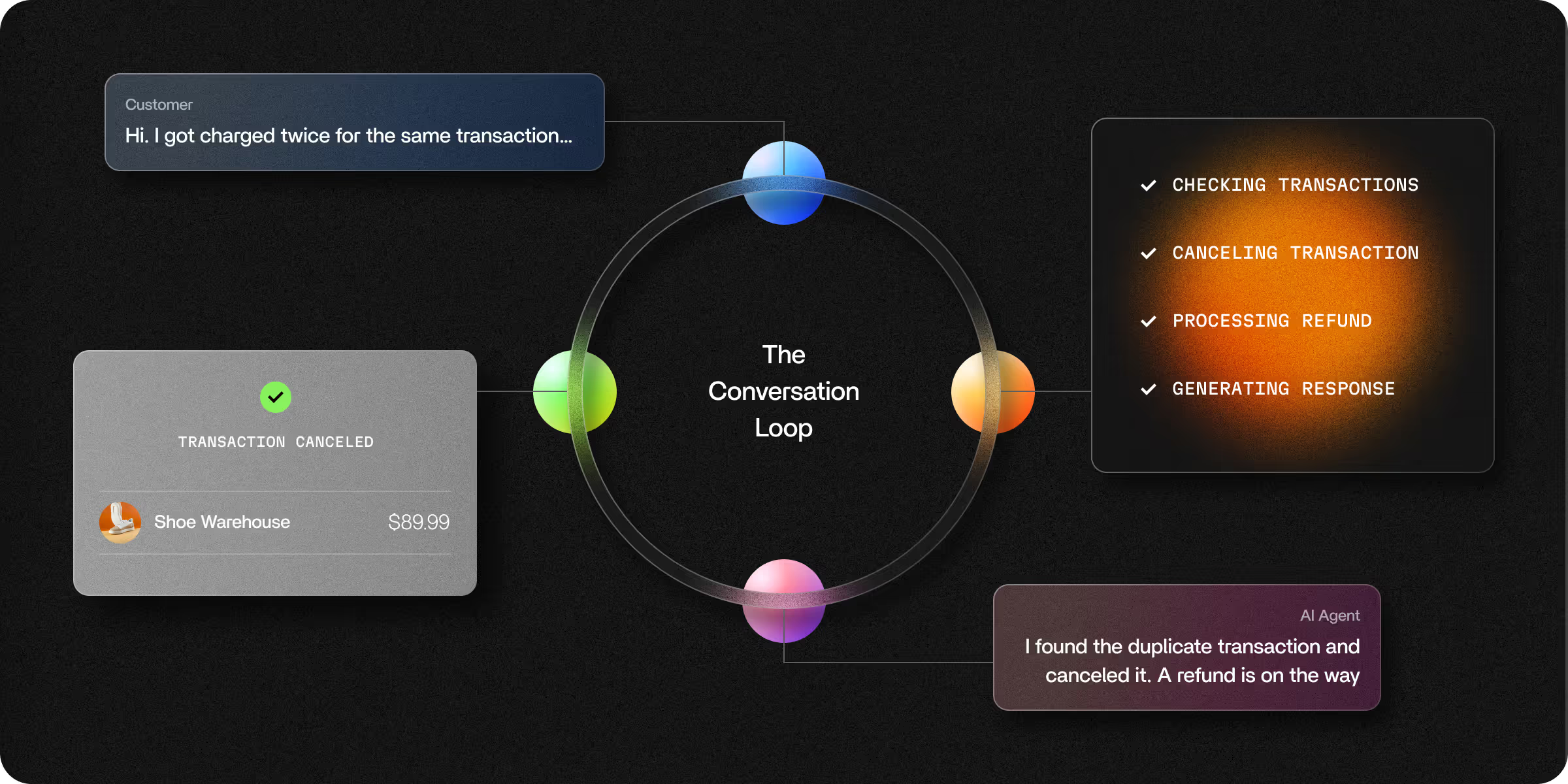
Let’s Rethink the Web
This evolution isn't about removing the visual layer. It's about removing the friction between intention and outcome. And when that happens, we don’t just change how users interact with brands—we change how brands build digital experiences from the ground up.
So yes, the internet is broken. But it’s not beyond repair. It just needs to be rethought—starting with how people actually interact with it.
At Zowie, we believe every interaction should begin and end in conversation. Not in clicks. Not in forms. Not in frustration.
And we’re building the platform that makes that future possible.
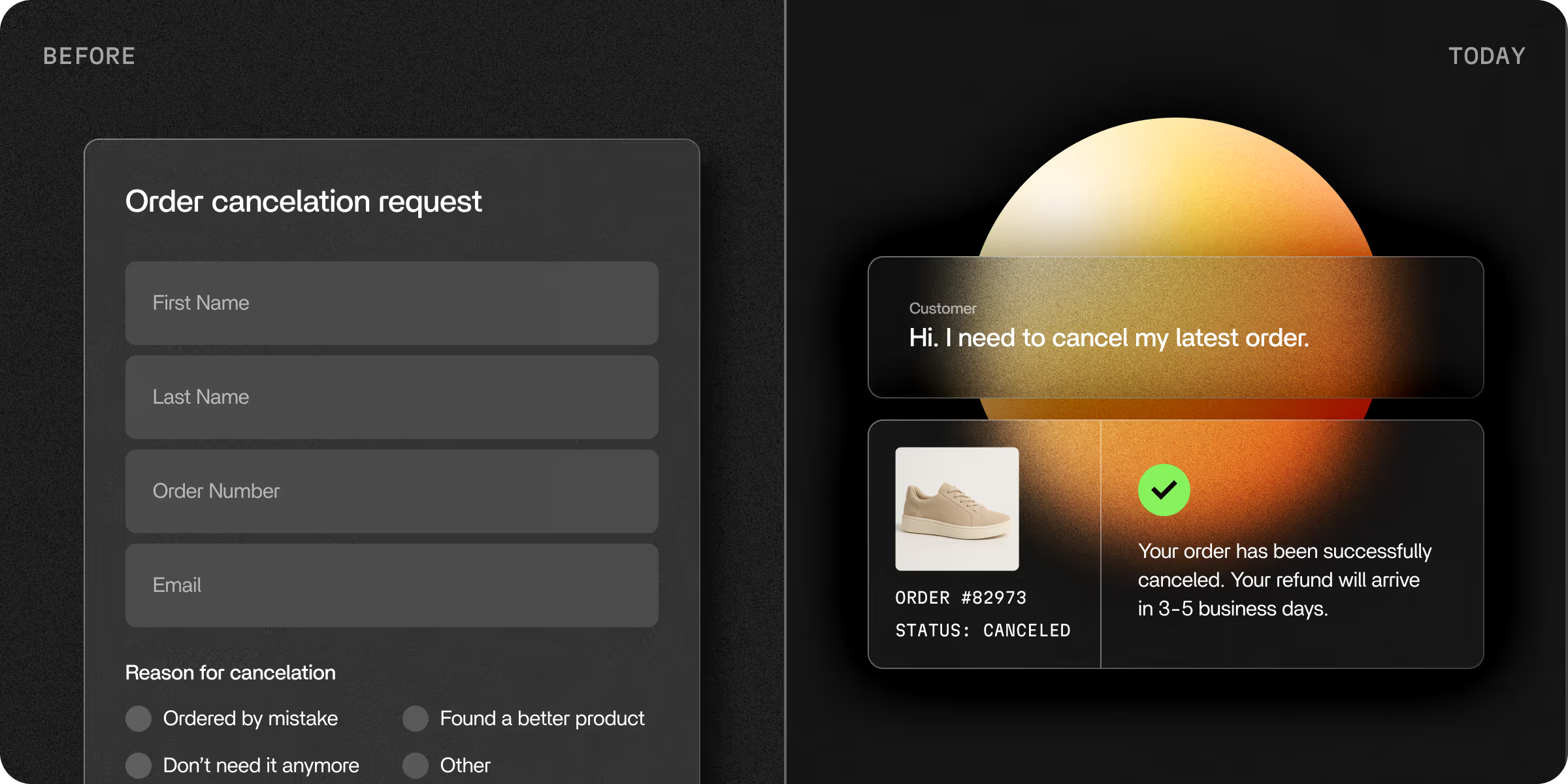
Let’s stop designing around outdated systems. Let’s build something better. Let’s fix the internet.
.avif)
.avif)

